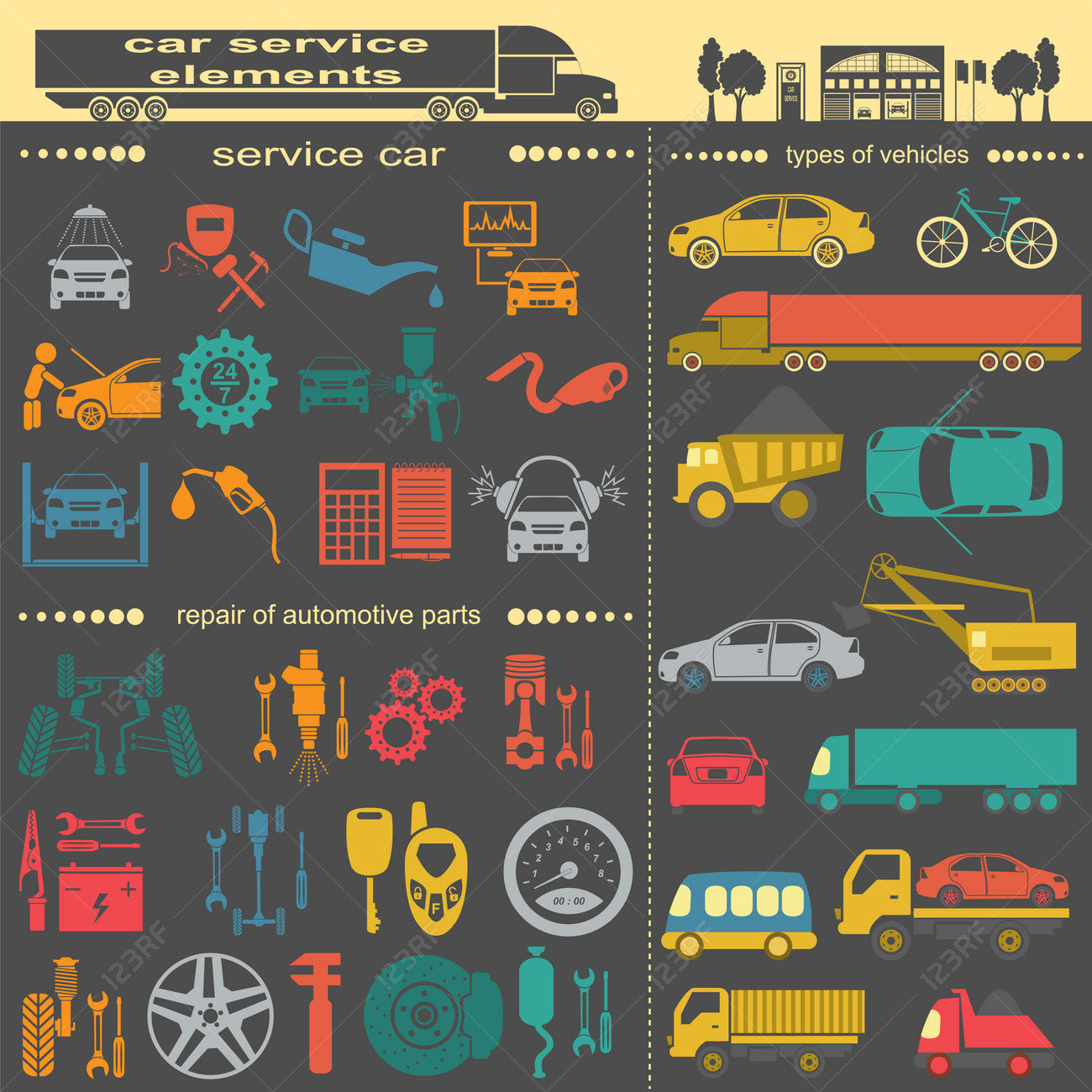Familiarize On Your Own With The Control Panel Caution Lights In Your Cars And Truck To Prioritize The Wellness And Safety Of Your Vehicle
Familiarize On Your Own With The Control Panel Caution Lights In Your Cars And Truck To Prioritize The Wellness And Safety Of Your Vehicle
Blog Article
Staff Writer-Kane Bishop
When you lag the wheel, those beautiful caution lights on your control panel can be a bit difficult. Do you understand what they're attempting to inform you concerning your automobile's health? Understanding the value of these lights is important for your safety and the longevity of your automobile. So, the following time one of those lights turns up, would not you intend to decode its message accurately and take the necessary actions to address it?
Common Caution Lighting and Interpretations
Determine typical warning lights in your car and recognize their definitions to ensure risk-free driving.
The most normal warning lights consist of the check engine light, which indicates issues with the engine or exhausts system. If this light comes on, it's vital to have your lorry examined quickly.
The oil pressure advising light suggests low oil stress, calling for prompt focus to prevent engine damages.
A flashing battery light could suggest a damaged billing system, possibly leaving you stranded otherwise resolved.
The tire pressure surveillance system (TPMS) light notifies you to low tire pressure, affecting vehicle stability and fuel efficiency. Overlooking this might result in hazardous driving conditions.
The abdominal light shows a trouble with the anti-lock stopping system, jeopardizing your capability to stop promptly in emergencies.
Last but not least, the coolant temperature warning light warns of engine getting too hot, which can lead to serious damages if not fixed quickly.
Understanding these common caution lights will certainly aid you resolve problems immediately and preserve safe driving conditions.
Value of Prompt Interest
Comprehending the common warning lights in your vehicle is just the primary step; the value of without delay dealing with these cautions can not be emphasized sufficient to ensure your security on the road.
When check this link right here now brightens on your control panel, it's your cars and truck's means of interacting a potential issue that requires interest. Neglecting these warnings can cause much more severe problems down the road, endangering your safety and possibly costing you a lot more in repairs.
Motivate focus to alerting lights can avoid break downs and crashes. As an example, a blinking check engine light could indicate a misfire that, if left neglected, might create damage to the catalytic converter. Resolving visit the following website page can save you from a pricey repair work.
In a similar way, a brake system warning light might indicate low brake fluid or worn brake pads, critical components for your safety when driving.
Do It Yourself Troubleshooting Tips
If you observe a caution light on your control panel, there are a few do it yourself repairing ideas you can try prior to seeking professional help.
The primary step is to consult your automobile's handbook to recognize what the particular warning light shows. Often the issue can be as easy as a loose gas cap causing the check engine light. Tightening up the gas cap might solve the trouble.
https://ecu-tuning-group40617.izrablog.com/28209825/are-you-curious-about-decreasing-your-expenditures-on-auto-fixings is a low battery, which can cause numerous warning lights. Examining the battery connections for deterioration and guaranteeing they're safe might deal with the trouble.
If a warning light persists, you can try resetting it by separating the vehicle's battery for a few mins and then reconnecting it. Furthermore, inspecting your car's fluid degrees, such as oil, coolant, and brake liquid, can assist repair warning lights associated with these systems.
Conclusion
Finally, recognizing your auto's warning lights is essential for maintaining your automobile running smoothly and safely. By quickly addressing these informs and recognizing what they indicate, you can prevent expensive fixings and prospective break downs.
Remember to consult your car's manual for particular details on each alerting light and act appropriately to guarantee a trouble-free driving experience.
Remain notified, remain safe when traveling!
